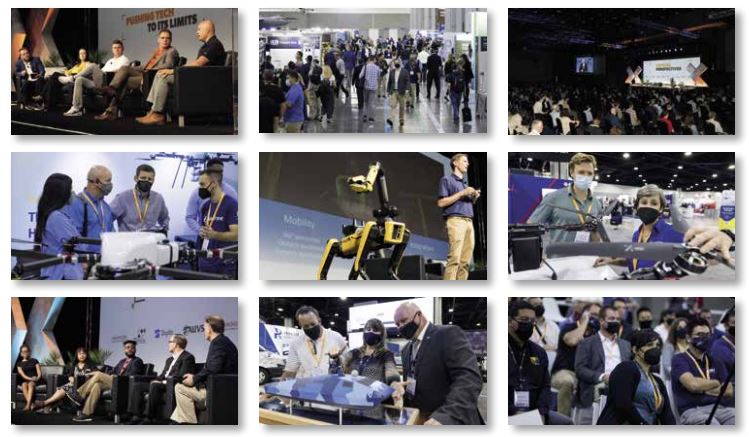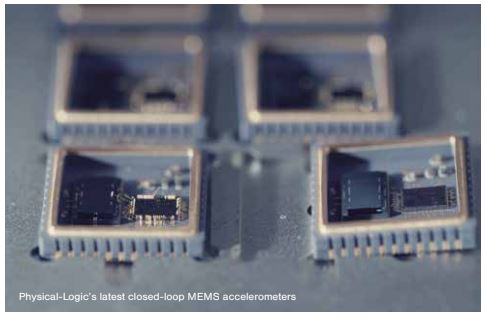Physical-Logic unveiled its new 50 g MAXL-CL-3050 and 70 g MAXL-CL-3070 closed-loop MEMS accelerometers, part of its new family of MAXL-CL-3000 products. The company says they are the only available MEMS systems with comparable performance to electromechanical (force rebalance) accelerometers while retaining the former type’s SWaP-C grades. “The MAXL-CL-3000 family’s performance characteristics include one year of bias repeatability of less than 0.5 mg – with less than 0.25 mg in typical operations – and a temperature residual error below 70 μg, Aviram Feingold explained.

“On top of that, we can achieve a vibration rectification error below 25 μg/√Hz, with typical results within 10 μg/√Hz, and a scale factor linearity error below 300 ppm with standard results below 100 ppm.” Charges in accelerometers’ Si/SiO2 interfaces and SiO2 layers typically affect the sensors’ performance after being switched on and under various environmental conditions.
Also, temperature variations, ageing and previous circuit conditions can affect the magnitude of charge build-up in MEMS accelerometers, while high feedback voltages can increase charge build-up and result in high scale-factor and bias errors.
Physical-Logic, therefore, sought to eliminate measurement errors in the sensor by minimising charging effects on the MEMS device’s surfaces and interfaces between the device layers. In 2019, the company began work on minimising the charge accumulation occurring on the devices’ interfaces, with an eye towards making the device surfaces as smooth as possible and reducing native growth of SiO2 layers.
In parallel, the R&D team introduced a new charge release algorithm module for the sensors’ electronics. This provides a varying voltage that helps eliminate charge build-ups on the capacitors and other MEMS electrode surfaces.

To make the MAXL-CL-3050 and 3070 production-ready, the company took a number of validation steps. These included analysing performance data accumulated on upwards of 100 prototype MAXL-CL-3000s, and accelerated lifetime testing including a year of storage at 60 C to simulate 11 years of storage at room temperature, with temperature cycles from -40 C to +85 C performed once a month.
For the full article, please you the following link:
